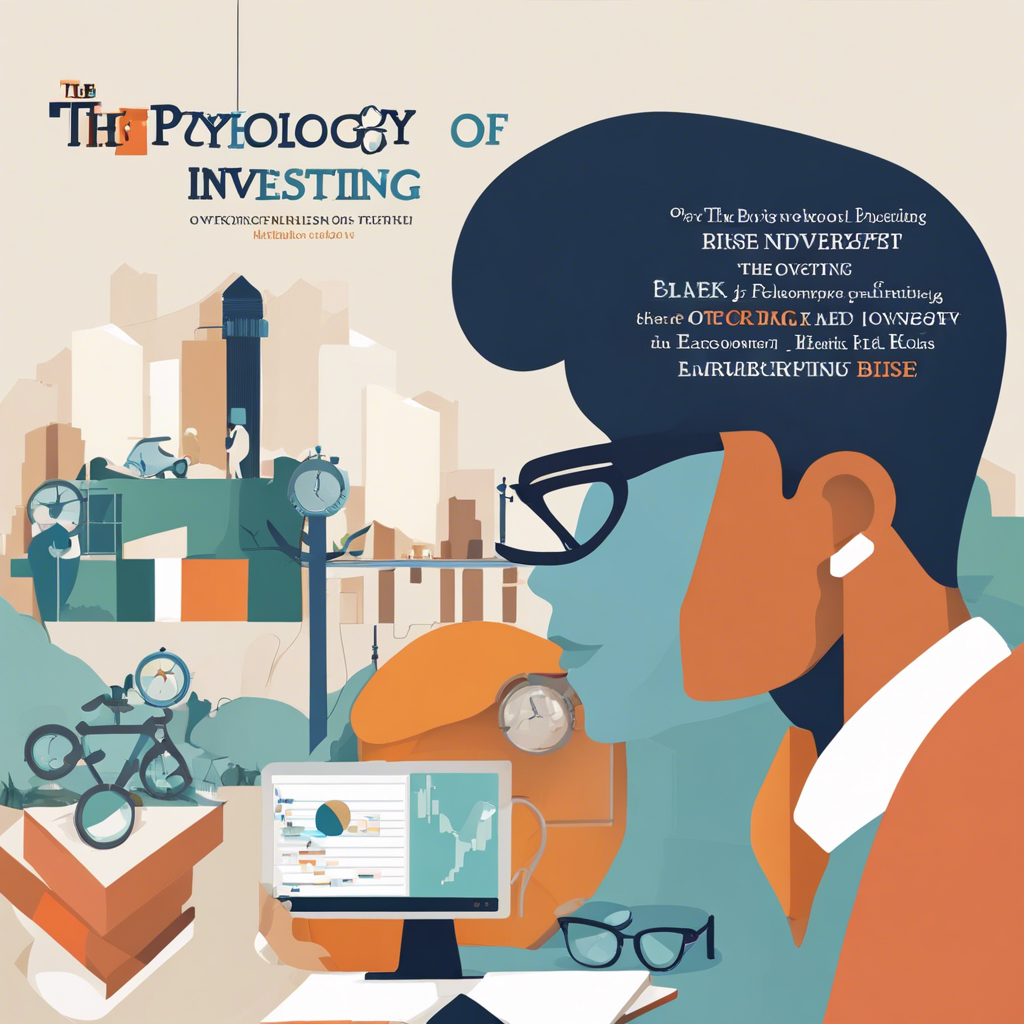Investing is often portrayed as a purely rational endeavor, where decisions are based on careful analysis of financial data and market trends. However, the psychology of investing reveals a different picture, one where our emotions and cognitive biases play a significant role in shaping our investment behaviors and outcomes. Understanding the psychological factors at play can help investors make more informed and rational decisions, ultimately improving their long-term financial success.
One of the key challenges in the psychology of investing is overcoming emotional biases. Our emotions can often cloud our judgment and lead us to make impulsive decisions that may not be in our best interests. For example, fear of losing money can cause us to hold onto a declining stock for too long, while excitement about a potential gain can lead us to take on excessive risks. It is important for investors to be aware of these emotional biases and to try to make decisions based on logical analysis rather than gut feelings.
Another aspect of the psychology of investing relates to our cognitive biases. These are the mental shortcuts that our brains use to process information and make decisions quickly. While these biases can be useful in some contexts, they can also lead to errors in judgment when investing. For instance, the confirmation bias is the tendency to seek out and favor information that confirms our existing beliefs. In investing, this can cause us to ignore contrary evidence or alternative perspectives, leading to missed opportunities or poor investment choices.
Prospect theory is another important concept in the psychology of investing. It suggests that people make decisions based on potential gains or losses rather than the final outcome. This can lead to a tendency to hold onto assets that have decreased in value, hoping for a rebound, while selling assets that have increased in value too quickly, in order to secure a gain. This behavior can result in a suboptimal investment strategy.
Self-control and self-awareness are vital tools for investors. Being aware of one’s own biases, emotional triggers, and behavioral patterns can help investors recognize when their emotions or cognitive shortcuts might be influencing their decisions. This awareness can then enable them to pause and consider a broader range of information before making a choice. Building a diverse team of advisors with complementary skill sets and outlooks can also help investors overcome their own biases and gain a more holistic perspective.
Additionally, educating oneself about different investment strategies and market trends can provide a more solid foundation for decision-making. It is important to approach investing with a rational mindset, basing decisions on data, research, and a well-thought-out financial plan. Setting clear goals and creating an investment strategy that aligns with those goals can help investors stay focused and avoid impulsive decisions driven by short-term market fluctuations.
Ultimately, the key to successful investing lies in finding a balance between emotional intelligence and rational analysis. Emotional intelligence helps investors recognize and manage their own biases, while rational analysis involves making informed decisions based on research, data, and a well-defined investment strategy. By cultivating emotional intelligence and adopting a rational mindset, investors can make more effective decisions and improve their chances of achieving their financial goals.
Finally, it is worth noting that the psychology of investing is a complex field that continues to evolve as new research emerges. Investors who take the time to understand and apply these psychological insights can not only improve their own financial outcomes but also contribute to a more rational and efficient market overall. The interplay between emotion and rationale will always exist, and it is through understanding this dynamic that investors can strive for better outcomes.
